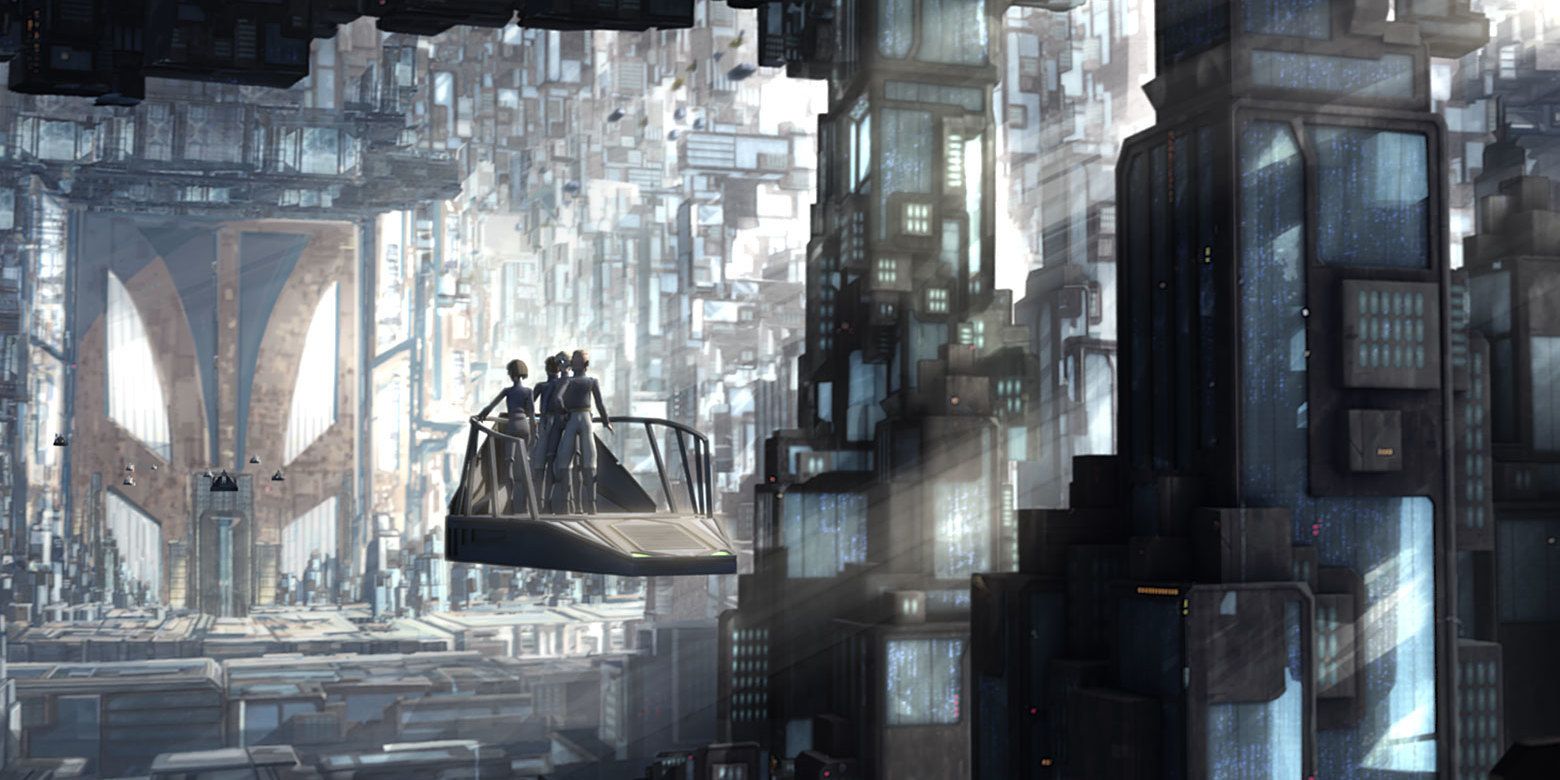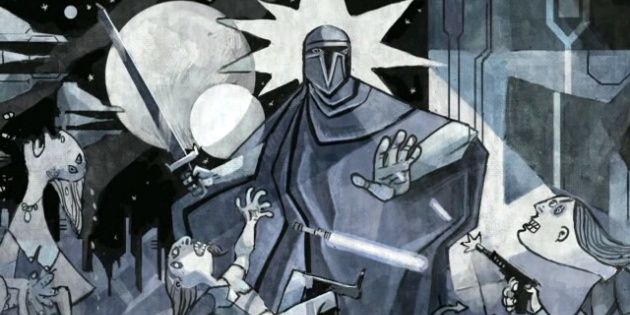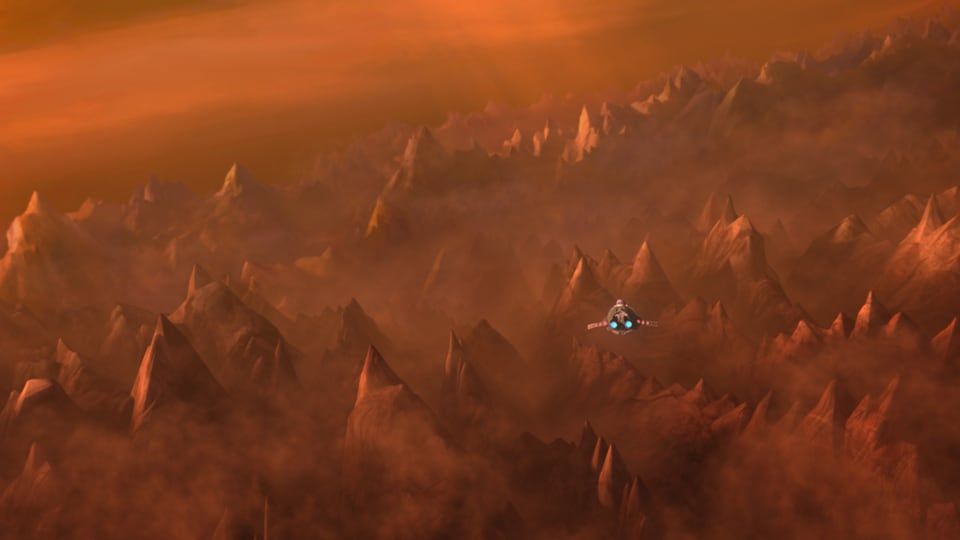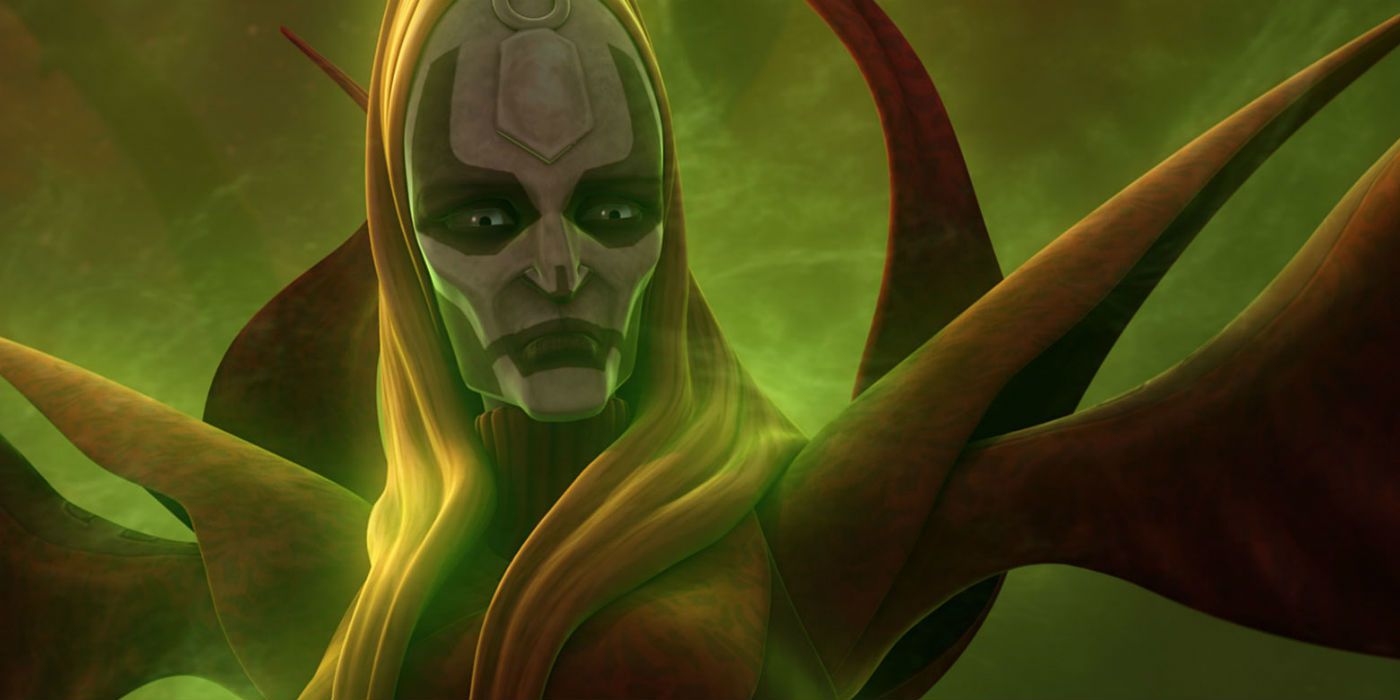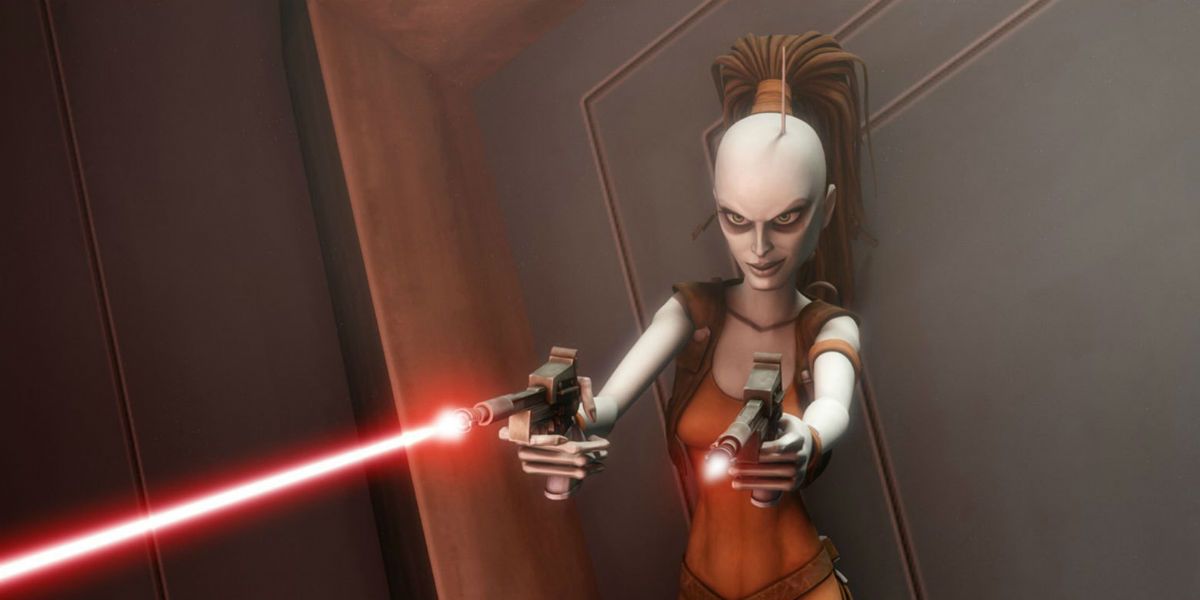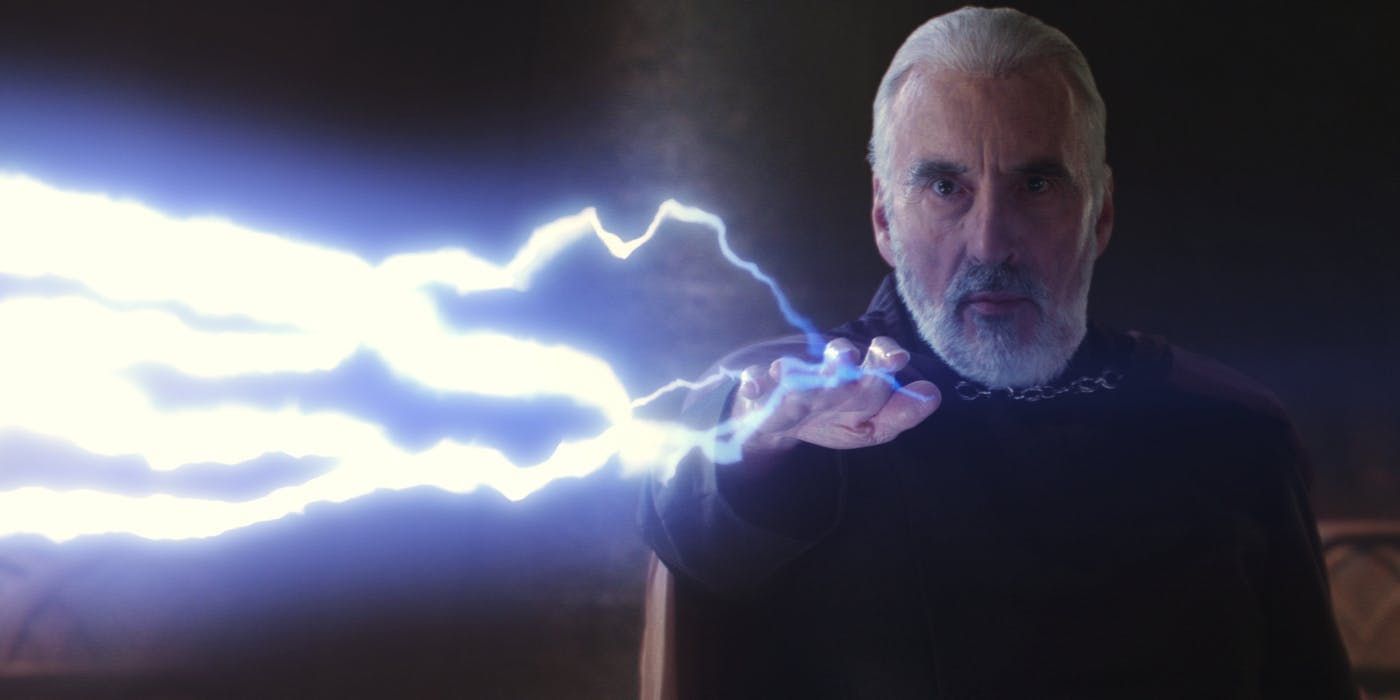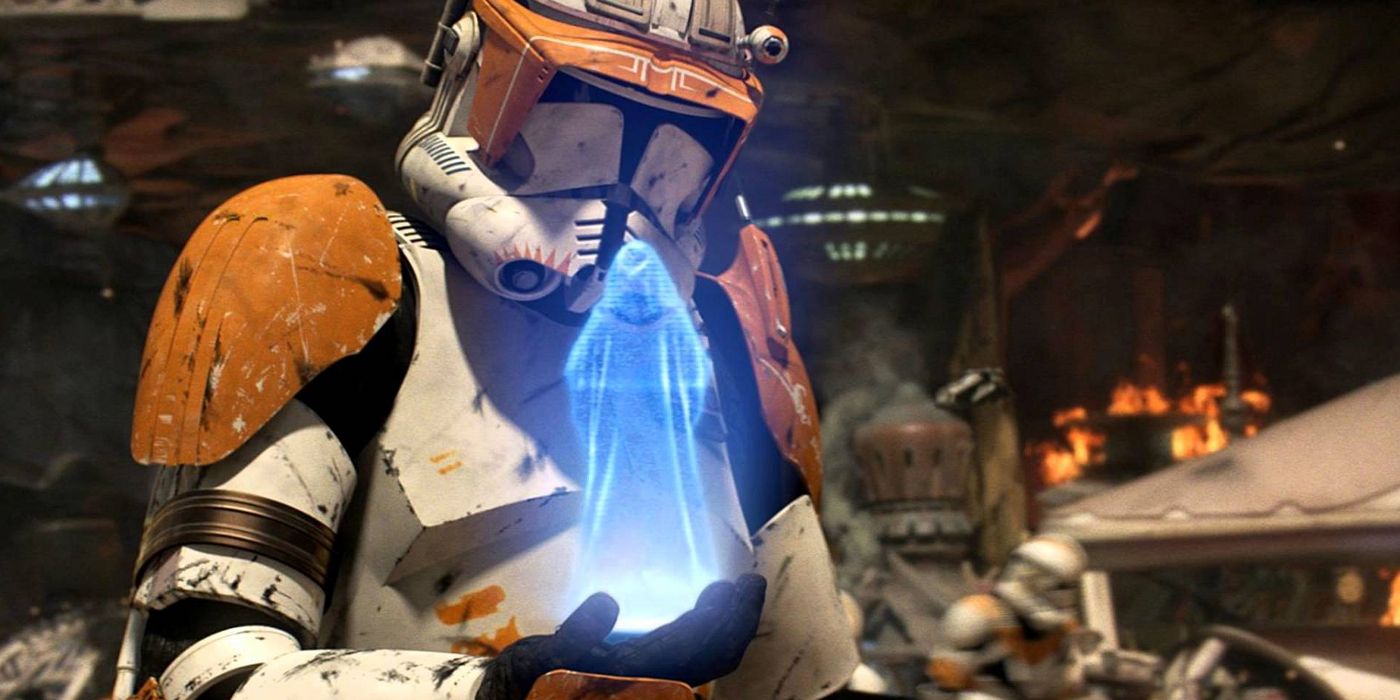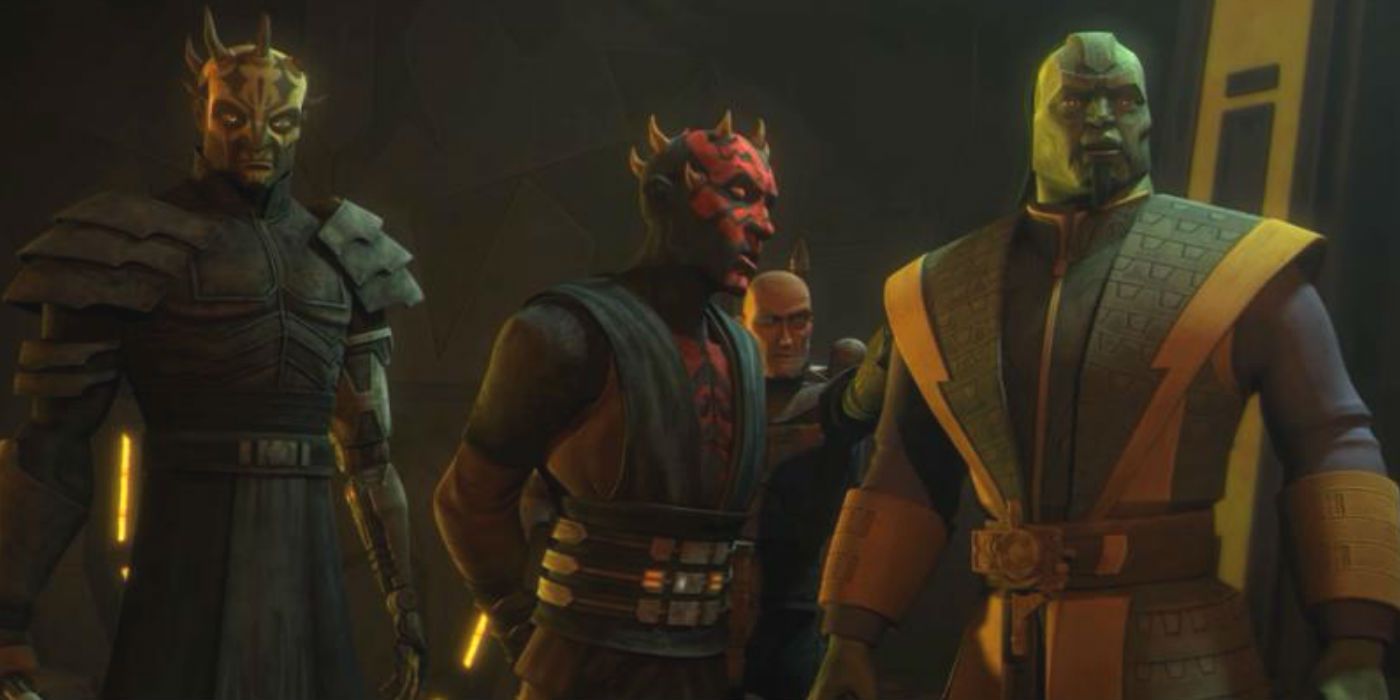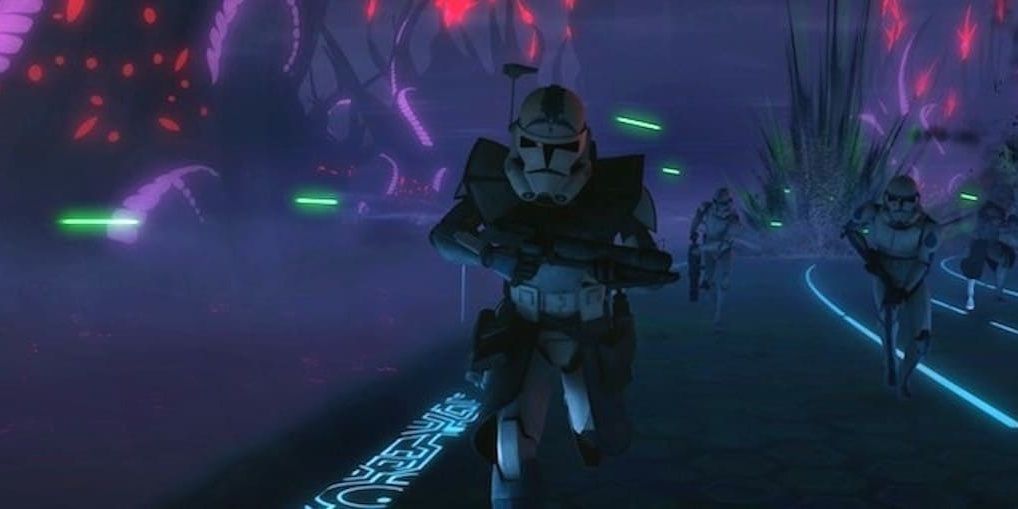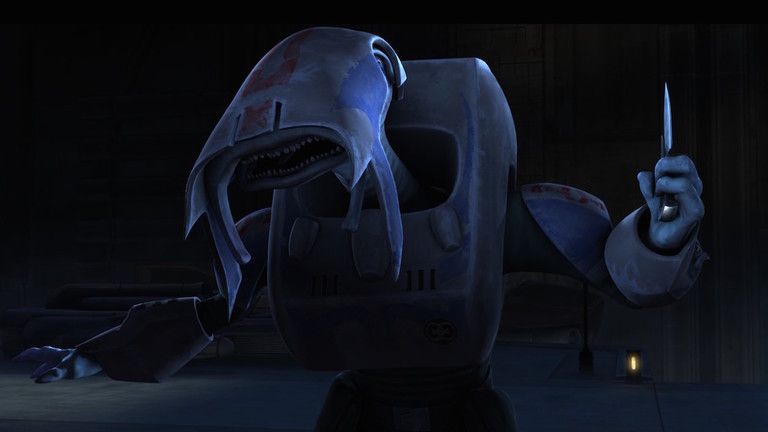If there's one thing Star Wars fans are still very opinionated about, it's what Disney has done with the brand since acquiring it in 2012. Since Disney's first major move for the property was the development of a sequel trilogy, all of the novels, comic books, and video games that occurred within the years after Return of the Jedi were moved outside of continuity into a separate branding called "Star Wars Legends."
However, this isn't a new practice for the franchise. Before this, all products outside of the films were called "Expanded Universe" content and given essentially the same treatment. Now, all "Expanded Universe" content is considered to be a part of the "Legends" brand. Despite committing to significant changes to the timeline and continuity, the writers of The Clone Wars animated series seemed to have a soft spot for what had been established by this alternate continuity. These are five things The Clone Wars changed, and five that it kept from the "Legends" brand.
10 Changed: Mandalore
A very significant change made by the TV series was the depiction of the Mandalorian homeworld. No longer were they tribal warriors, united under a single leader called "Mandalore." The race created by "Legends" writers to develop a backstory and heritage for Boba Fett had become a metropolitan people, starkly pacificist and vehemently neutral toward any participation in the Clone Wars.
To reconcile this, a terrorist group called Death Watch was shown to be operating with the motivation of returning the planet Mandalore to its former glory, with the implication that their culture was once what fans had expected. Still, what was depicted was a far cry from that expectation.
9 Kept: Mandalorian/Jedi War
The central plot of the video game Knights of the Old Republic dealt with the aftermath of a war between the Republic and the united tribes of Mandalore. Specifically, it dealt with the consequences of the Jedi Knight Revan's refusal to remain uninvolved, despite a direct order from the Jedi Council.
In short, Revan was successful, and the Mandalorians were utterly defeated. In the episode "The Mandalore Plot," a mural can be seen depicting this war, along with a few references made by Death Watch leader, Pre Vizsla, discussing his people's historical conflict with the Jedi.
8 Changed: Korriban to Moraband
In nearly every "Legends" depiction before the sixth season of The Clone Wars, the Sith homeworld was called Korriban. Its most notable landmarks were the Sith Academy, which trained up-and-coming acolytes in the ways of the Dark Side, and the various tombs of prominent Sith Lords throughout history.
When Yoda was called to visit the ancient fatherland of the Sith during a story arc exploring the mysteries of the Force, it was called Moraband, despite several aesthetic similarities. It's a small change, but one that's resonated through the community as an example of odd, but intentional changes to canon.
7 Kept: The Nightsisters
First introduced in 1994's The Courtship of Princess Leia, The Nightsisters of Dathomir were portrayed as a tribe of Force-wielding witches with strange and immense power. They were unlike the Jedi and Sith in the way they drew on the Force, appearing to have much more occultist interests and abilities than either group.
Not only did the Nightsisters and their planet Dathomir appear in a major arc that saw the return of Darth Maul, but The Clone Wars also established that both Maul and Count Dooku's assassin, Asajj Ventress, were natives of the planet and belonged to the tribe.
6 Changed: Non-Padawan Aurra Sing
In the original "Legends" canon, the pale-skinned bounty hunter known as Aurra Sing was a former Jedi Padawan. This experience made her exceptionally deadly at her craft, as she commanded mastery of a wide variety of weapons along with some Force-based abilities.
Her depiction in The Clone Wars was no less deadly, but the writers forewent any connection to the Jedi Order at all. Along with a young Boba Fett, who she'd come to mentor, the pair nearly killed Mace Windu and Anakin Skywalker. In addition to being able to effectively strike against two of the most powerful Jedi of her time, she also almost successfully assassinated Senator Amidala during a crowded conference. These are exceedingly impressive feats for a "normal" bounty hunter.
5 Kept: The Count Of Serenno
When Count Dooku was introduced in Attack of the Clones, it wasn't clear who had given him that title or where it applied. To provide some depth and clarity to the character, several "Legends" titles established that Dooku was the Count of a planet called Serenno. This content also revealed that the planet was ruled by noble houses and that Dooku took command of his own upon leaving the Jedi Order.
These ideas were carried over into The Clone Wars, which allowed for a better explanation for the Count's rise to power within the Separatist governmental structure. It also featured Serenno and its capital city as Dooku's base of operation, from which he conducted affairs pertaining to his dual role as Sith Lord and Head of State for the Separatist Confederacy.
4 Changed: Order 66 Programming
Initially, when the Jedi Purge occurred, it didn't require much explanation beyond what was seen on-screen. The clone troopers were soldiers literally bred to follow orders. The Republic Commando novels directly stated that Order 66 was one of several contingency orders taught to the troopers during their training period.
When The Clone Wars spent time developing the personalities and relationships between these clones and their Jedi Generals, it became less and less acceptable to find the characters endearing if they'd turn on their generals in the end. So, the show's sixth season introduced brain implants as the source of the treachery: each clone had a chip implanted prior to birth, which would overcome any free will and force the trooper to fire upon the Jedi leading him.
3 Kept: The Black Sun
Over the years, many criminal organizations have been introduced through "Legends" novels and comics. The most infamous of these was The Black Sun crime syndicate. Known primarily for piracy and smuggling, it was said to have an influence on nearly all of the core worlds of the Republic.
It was finally introduced into canon during the fifth season of The Clone Wars when Darth Maul forcibly co-opted them into his Shadow Collective. The former Sith Lord used the syndicate and members of other crime families to establish a base of power, with which he was able to seize dominion over Mandalore. Their "Legends" counterpart was far more vast and pervasive to have been uprooted so casually, but their inclusion was intentionally made to signify the threat of Maul's Collective.
2 Changed: ARC Troopers
It's easy to forget that there were legions of clones ready to go even before the Battle of Geonosis, which kicked off the Clone Wars and resulted in Jango Fett's execution. Before this, Fett was heavily involved in the cloning program and even personally trained a specially-bred battalion of troopers. The members of this regiment were known as Alpha-Class Advanced Recon Commandos or ARC Troopers.
In The Clone Wars, however, ARC Troopers are shown to be a rank anyone in the Clone Army can achieve if they show enough promise. In fact, two major characters who were thought incapable of graduating the regular boot camp were shown to have become ARCs. Obviously, since Fett is long dead by this point, it's a pretty heavy retcon.
1 Kept: Selkath
First featured in Knights of the Old Republic, the Selkath are an advanced aquatic species native to Manaan. They are known for mining and manufacturing a medicinal substance called kolto, the possession of which becomes a source of conflict in the game's narrative between the two opposing factions.
While not presented as the highly evolved utopian people featured in the game, the Selkath finally made their way into the main canon during The Clone Wars third season as bounty hunters. The characters featured are even shown to wear special suits to keep their skin submerged as a nod to their aquatic homeworld.


